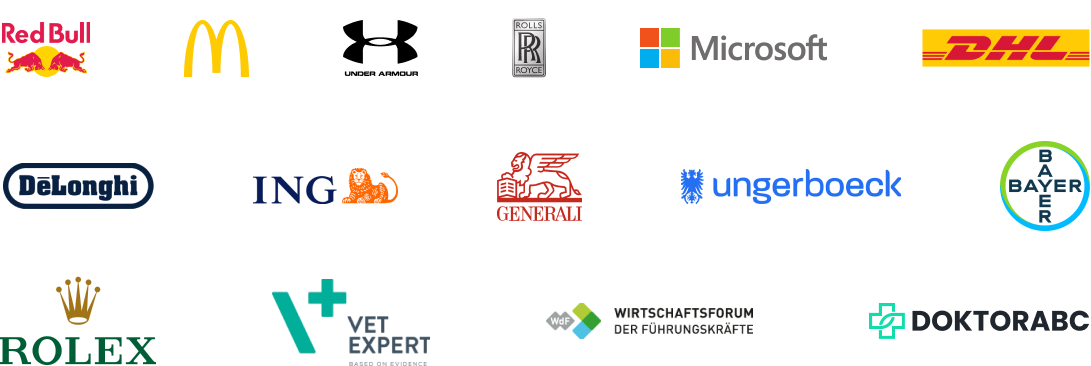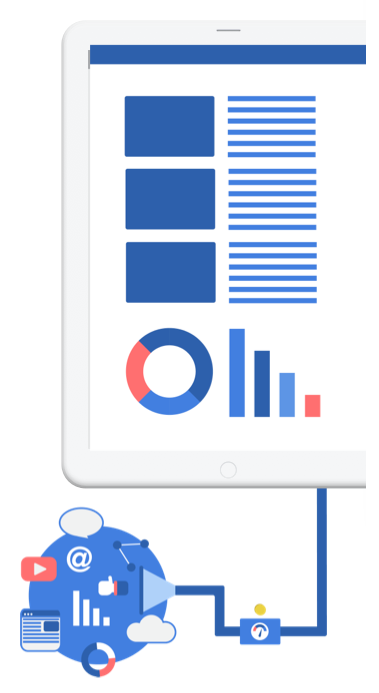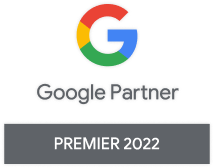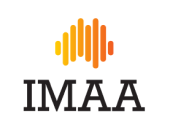From start-ups to Fortune 500 companies, we work with brands to grow their revenue.


Target your ideal audience with pinpoint precision using programmatic advertising

Any business owner knows that reaching the right audience is crucial for the success of your marketing campaigns. More traditional methods of advertising have limitations in targeting specific demographics, interests, and behaviors. This is where programmatic advertising comes in, providing pinpoint precision marketing.
Programmatic advertising uses advanced algorithms and real-time data analysis to deliver ads to the right person, at the right time, and on the right platform. With programmatic advertising, you can target specific audiences based on their location, age, gender, interests, browsing behavior, and more. Ensure your ad is seen by the people who are most likely to be interested in your product or service, leading to higher engagement and conversion rates.
Partnering with First Page, we can help you leverage the power of programmatic advertising to boost your business. Our team of experts will help you create a programmatic advertising strategy tailored to your business goals and budget, while also tracking the performance of your campaigns in real-time, allowing us to optimize them for maximum ROI.
Don’t settle for generic, one-size-fits-all advertising. Contact First Page today to learn how programmatic advertising can help you reach your target audience with pinpoint precision and let us help your business achieve the success it deserves.





)
)








